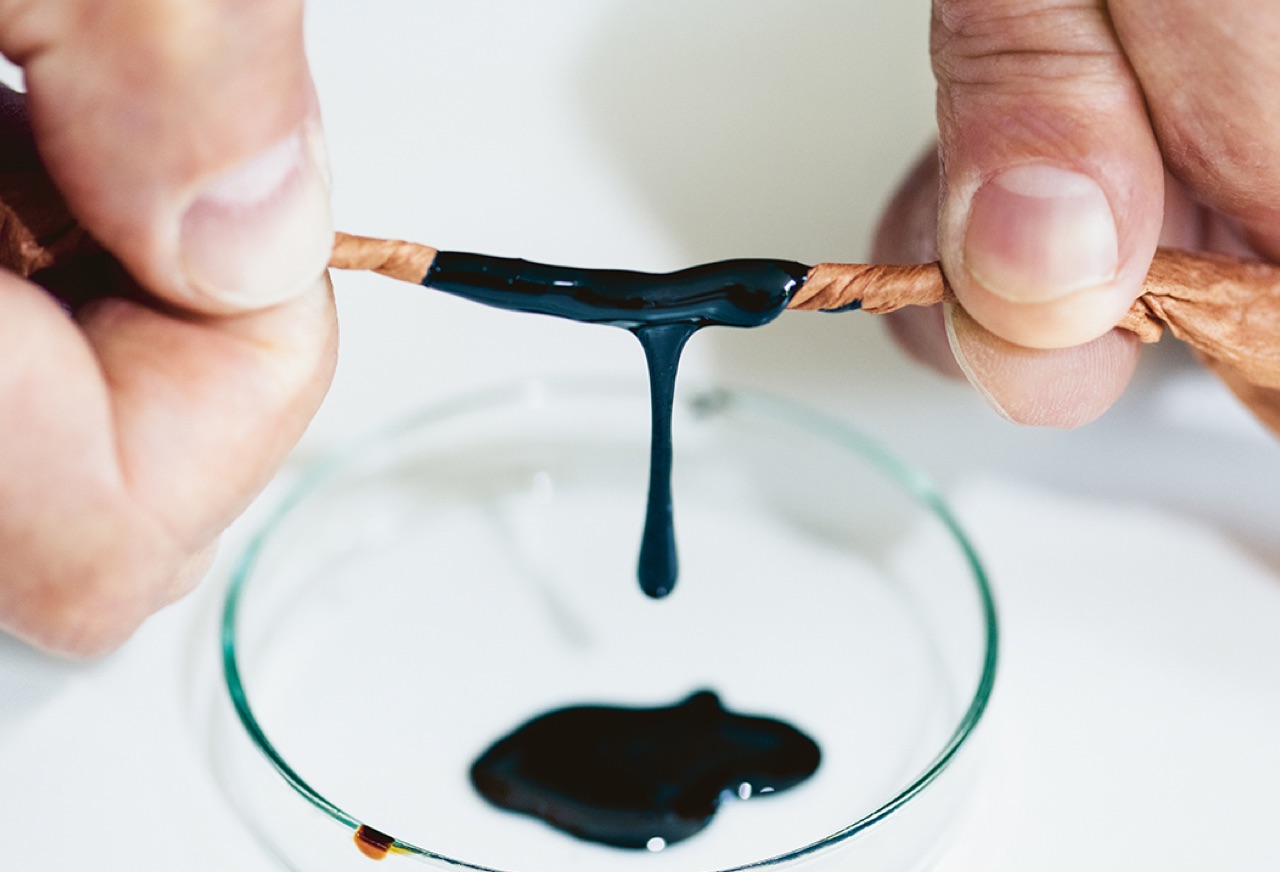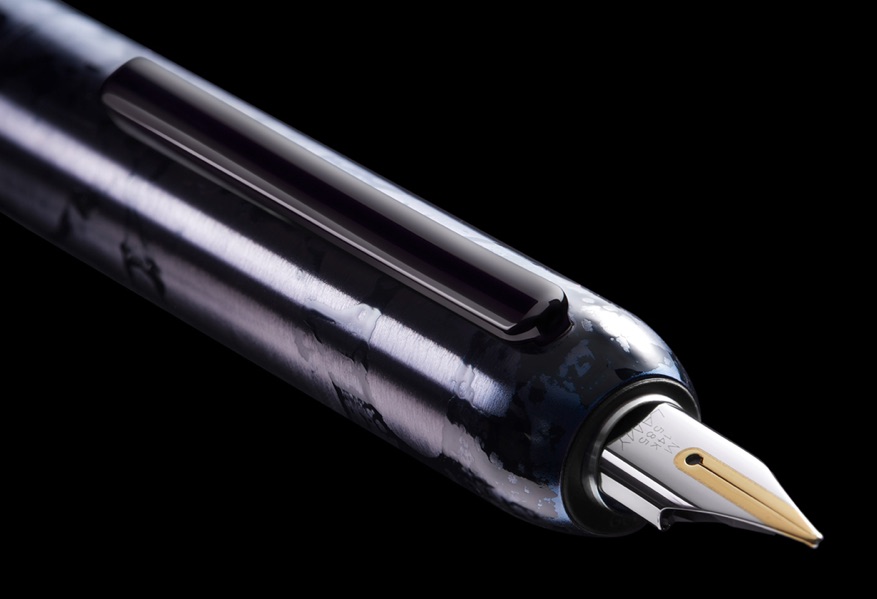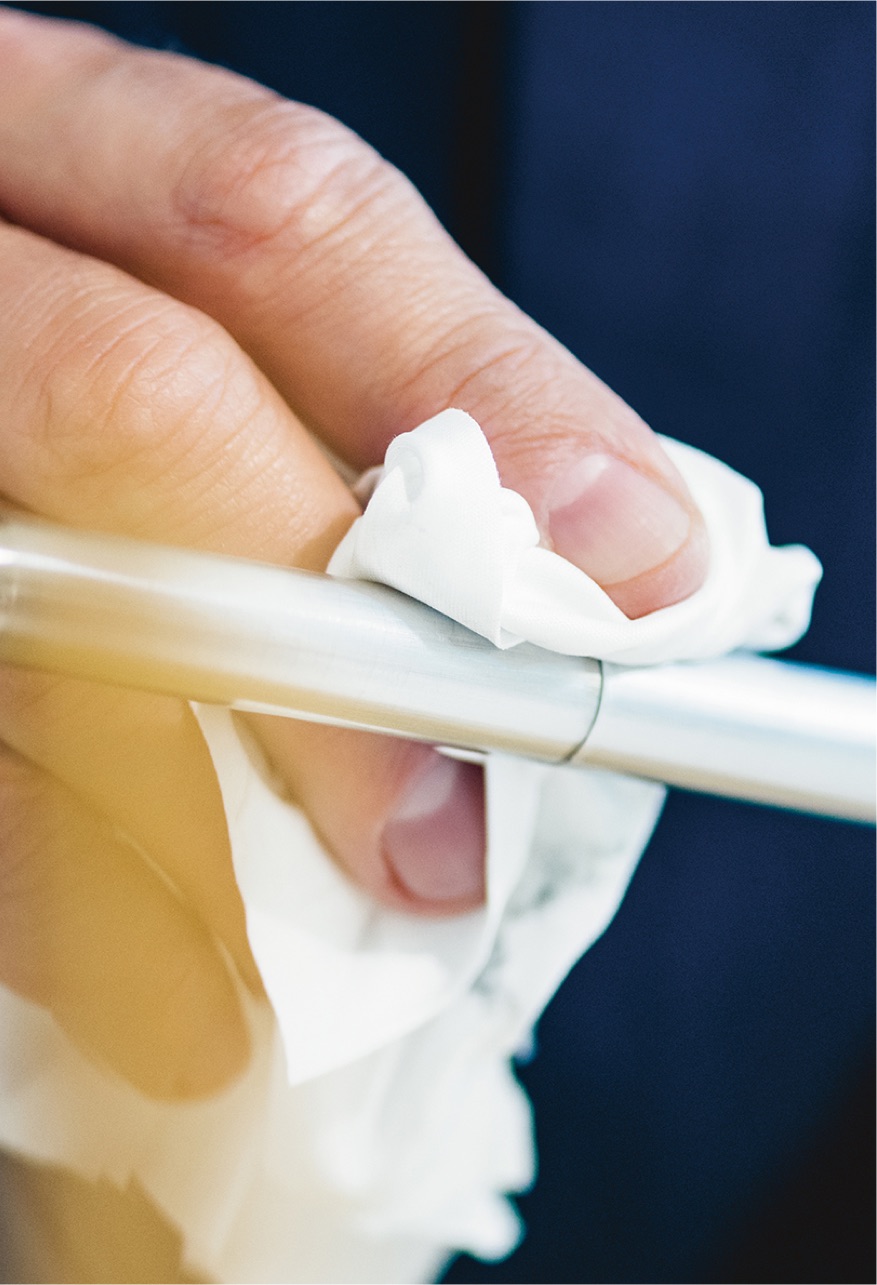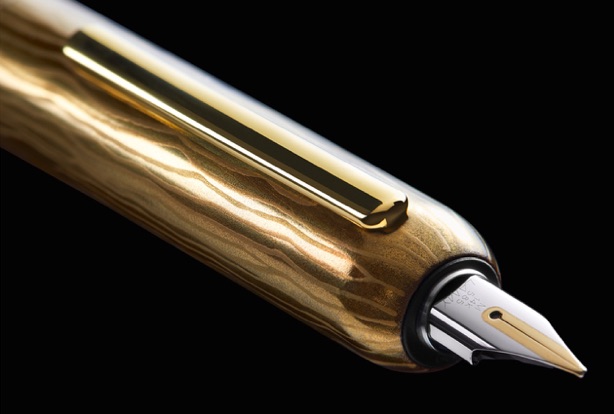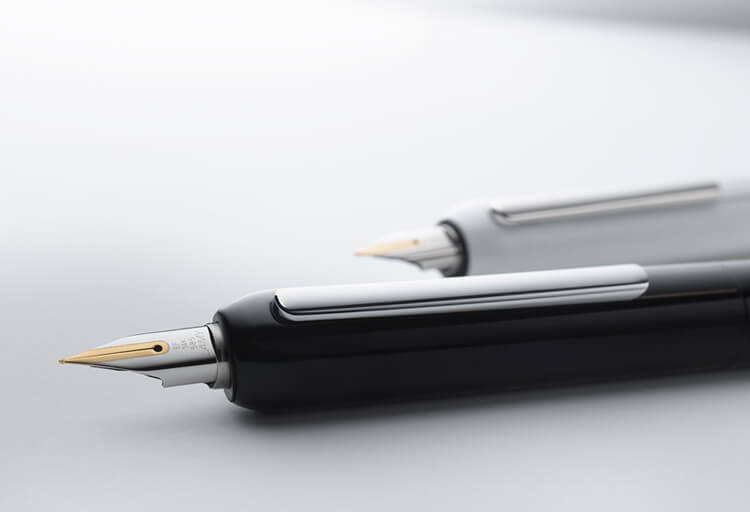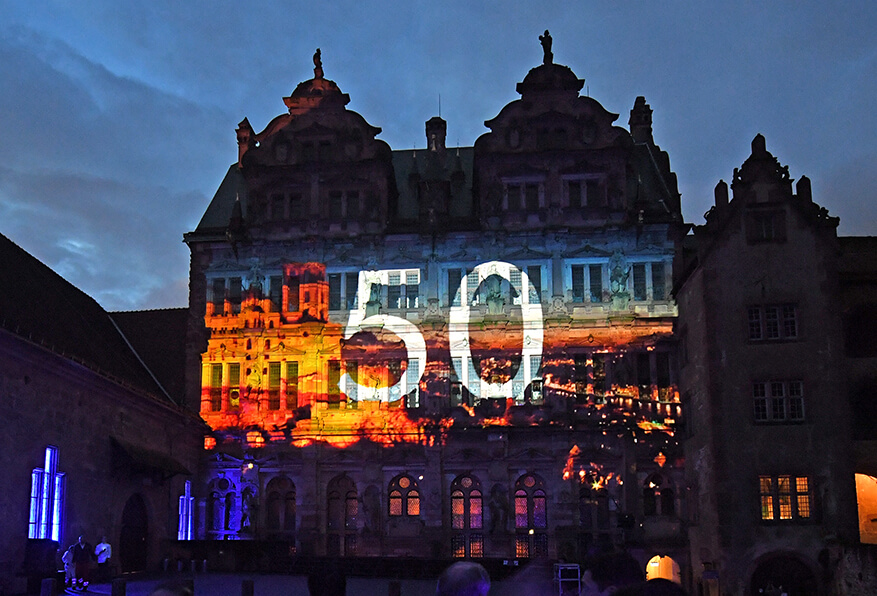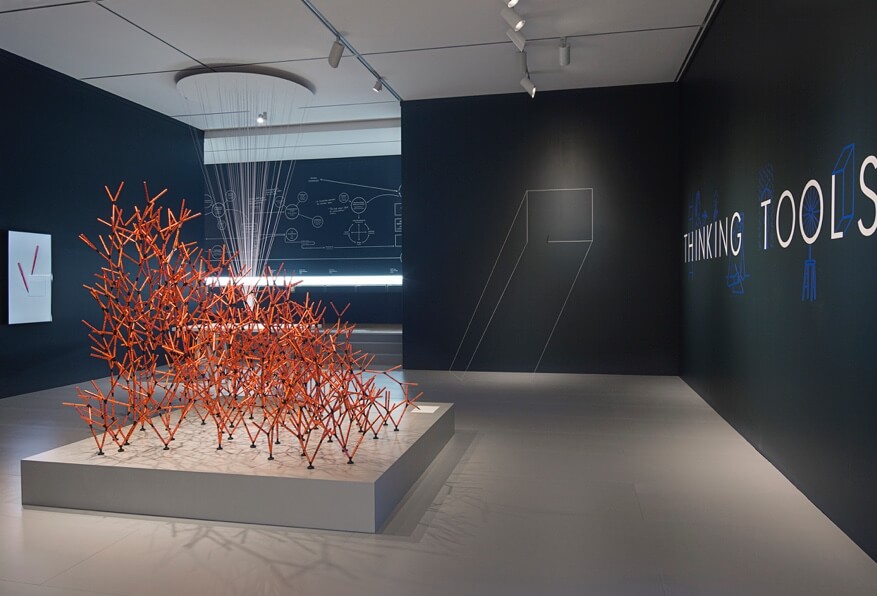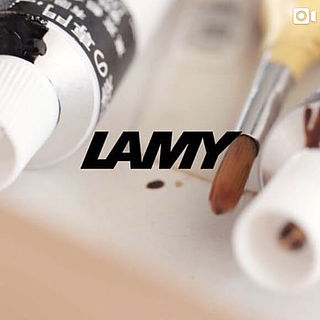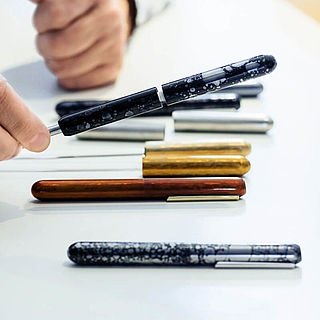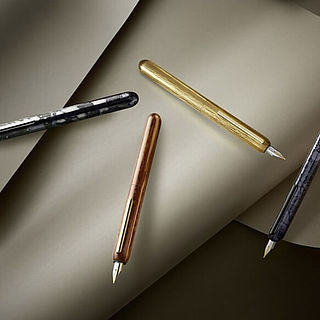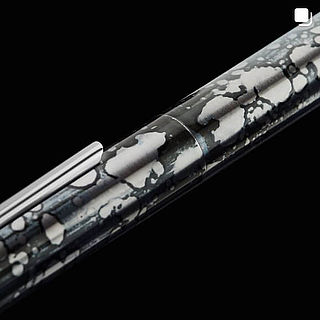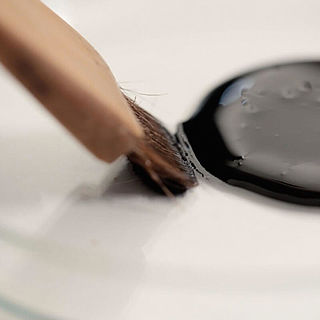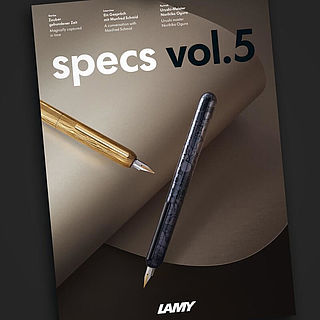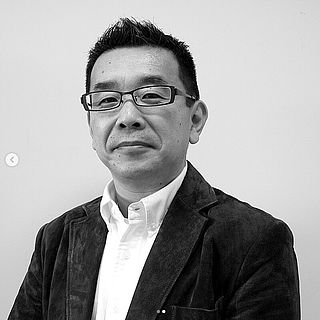Magically captured in time
The LAMY dialog urushi edition encapsulates the fascination of this lacquering technique from East Asia in a unique tetralogy.
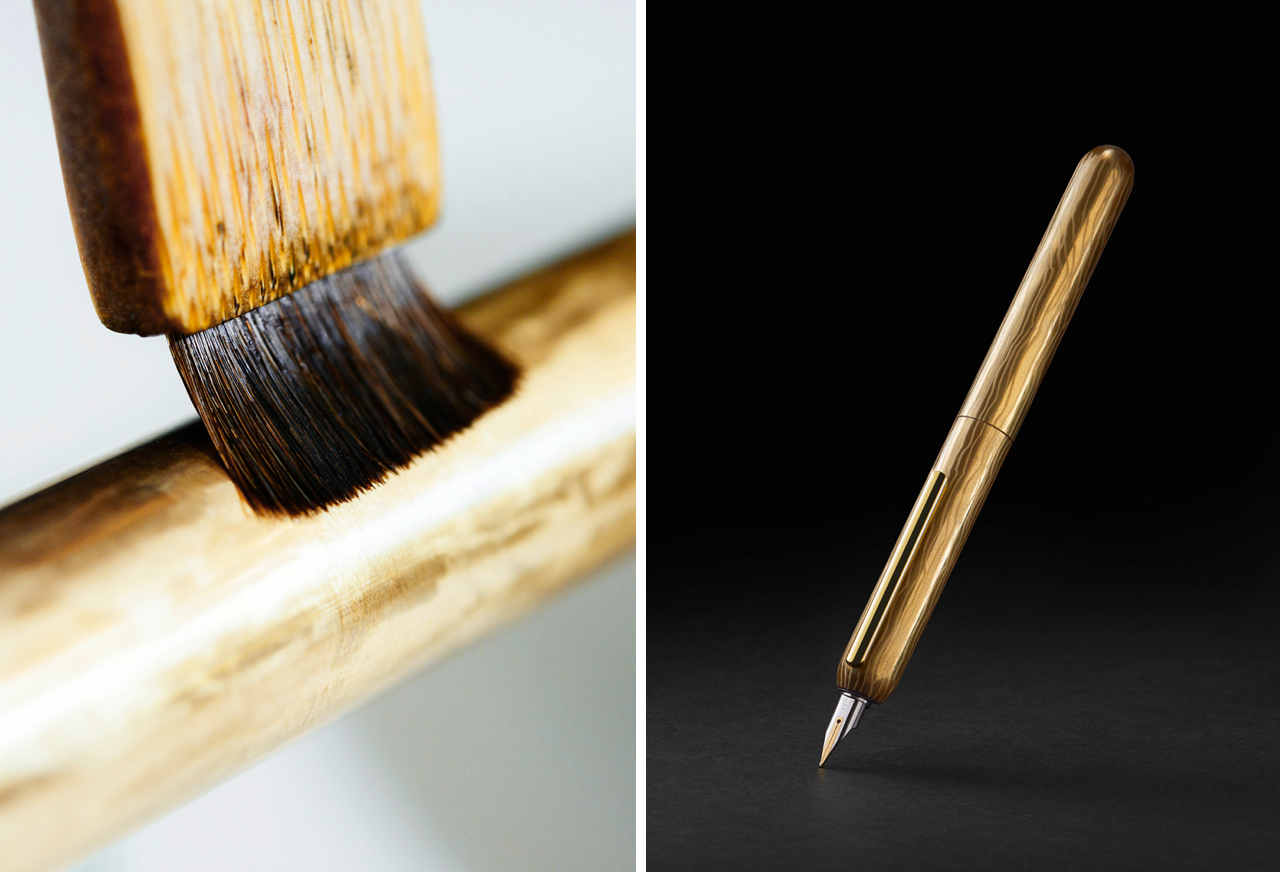
There are only 33 sets of the LAMY dialog urushi edition in existence, hand-made by the urushi masters Manfred Schmid and Norihiko Ogura.
Amber is a honey-coloured gemstone made from fossilised resin and sometimes contains inclusions in the form of prehistoric flora and fauna. It holds a special fascination – a kind of window back onto prehistoric times.
Urushi, the East Asian craft dating back thousands of years, encompasses a similar magic. In Japanese mythology, urushi is associated with immortality because, once hardened, it is just about indestructible. It seems to be both set in and suspended from time. Applied in numerous wafer-thin and polished translucent layers, the lacquer creates a depth effect which gives it an unrivalled auratic beauty.
“Urushi is an unbelievably fascinating material. And so the idea came about of covering a fountain pen in this lacquer,” says Marco Achenbach, who is responsible for the brand and product strategy at Lamy. The result is not just a fountain pen but a tetralogy – the LAMY dialog urushi edition. There are only 33 sets of this exquisite edition in existence, hand-made by the two urushi masters Manfred Schmid from Germany and Norihiko Ogura from Japan. Each of these sets contains four unique items: four seasons, four unique interpretations of the LAMY dialog 3 fountain pen.
Urushi, re-interpreted: the artists involved have partially developed their own processing methods for the LAMY dialog urushi edition and applied them to this fountain pen model for the first time.
Urushi: tradition and modernity
The Japanese term ‘urushi’ refers to both the material (often known as Japanese or Chinese lacquer) and the technique with which it is processed and applied. It is a tradition which dates back thousands of years in East Asia – in particular Japan, China and Korea – and is still preserved as a form of cultural heritage today. The first urushi items reached Europe around 400 years ago. The fascination of this material and the
seemingly endless depth beneath its shine led to the development of a separate form of European lacquering. Original urushi lacquer first came to Europe at the beginning of the 20th century. Its quality remains unchallenged today and despite numerous attempts, it still cannot be replicated. The craft has been taught at the Escola Massana in Barcelona and the Academy of Arts in Paris since the 1920s.
It takes several months to complete one single fountain pen. Several days of drying may be required between the various stages of work – the application, grinding down and polishing of up to 12 layers of lacquer.
Traditionally, exclusive everyday objects were refined using urushi such as bowls, plates, chopsticks and caskets. The lacquer is usually applied to wood, bamboo and metal, but textiles and leather can also be coated. Unlike chemical varnishes, urushi also remains flexible even after hardening. The development of a lacquered object can take a long time, often even years or generations: several foundation layers are followed by a number of wafer-thin lacquer layers, each of which has to be left to harden before being polished. It is difficult to predict exactly how long the drying process will take. The material itself determines the pace.
The time invested in producing urushi items is one of the reasons why they are deemed so precious. Another is the material itself which is difficult to extract, in a process which can only be carried out by hand.
The lacquer is made from the sap of the East Asian lacquer tree which is extracted from the bark of trees when they reach around 10 years old. Every season, each tree only releases a small quantity of the viscous raw material. After that, the tree is felled and the extraction process can only start again following another 10 year growth period. In its natural state, urushi is amber-coloured but is cleaned and dyed for the purposes of processing – typically in the colours red and black.
The much-admired robustness of the lacquer is put down to the natural properties of urushi. Its processing requires a great deal of experience and sensitivity and remains, to a certain extent, unpredictable. Can the lacquer be tamed by humans? An urushi master would say: it’s the other way around.
